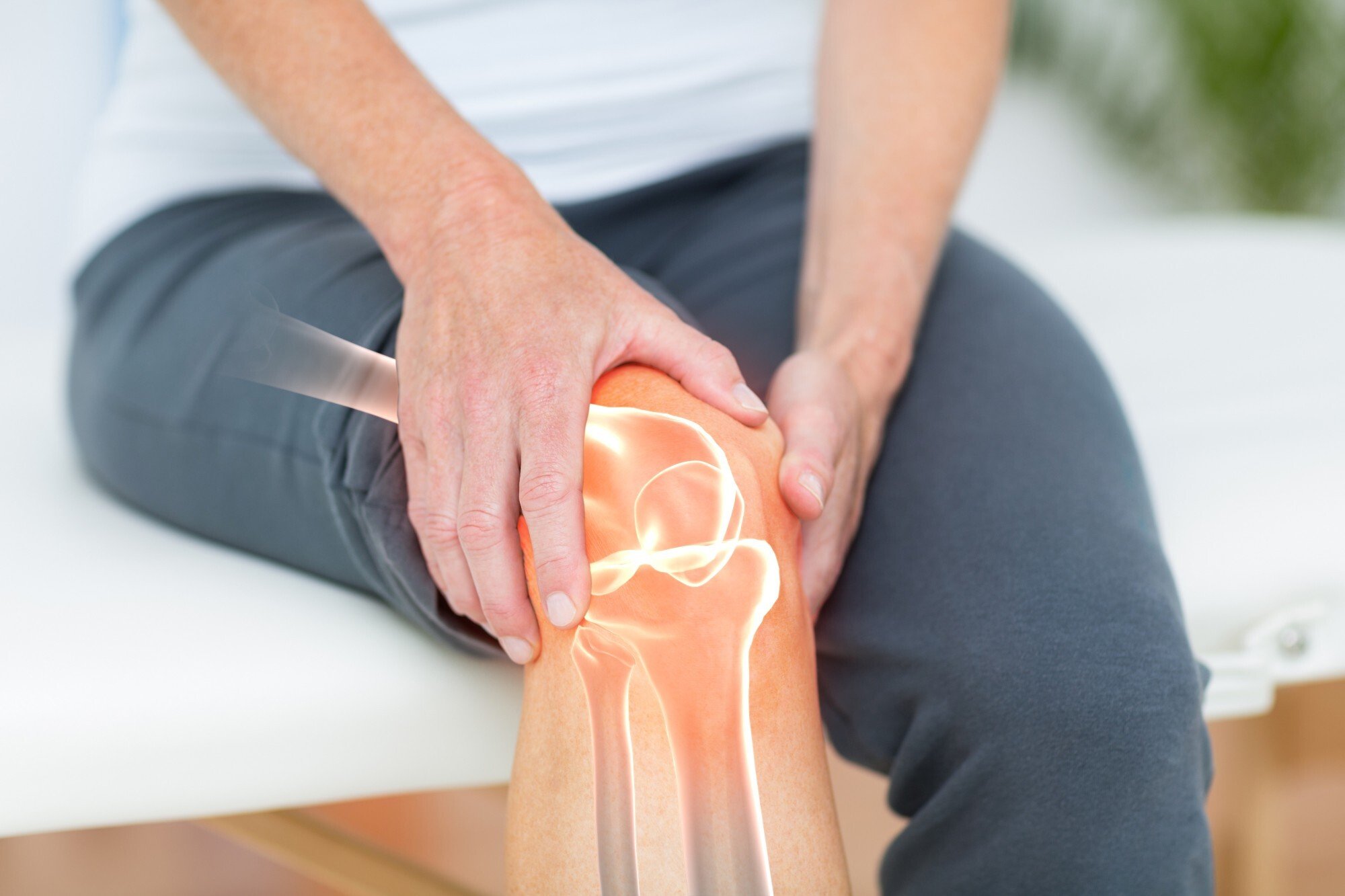
Physical therapy, often called physical therapy, is an allied health profession that involves the assessment, treatment, and prevention of injuries, diseases, and disabilities. Physical therapists offer this service in the health care setting. They assist individuals with movement, flexibility, and muscle strength so that they can participate in daily activities.
The scope of physical therapy is vast. It includes rehabilitation of injured athletes following sports injuries, but also it encompasses a range of maintenance functions for patients who are unable to perform the normal range of their physical function. Physical therapists identify and treat disorders associated with the musculoskeletal system and other physical structures. Physical therapy is an organized group of health care professions that include the diagnosis, treatment, and prevention of disorders of the musculoskeletal system, nervous system, and cardiovascular system.
The physical therapists are responsible for the diagnosis, treatment, and rehabilitation of conditions resulting from traumatic injuries, surgery, illnesses, and accidents. A physical therapist provides essential equipment and instruction for normal and/or corrected range of motion, strength, and range of motion for the skeletal, muscular, and ligamental systems; rehabilitates injured and immobilized patients; and cares for the patient while at home or in the hospital. Physical therapy is an indispensable part of the health care team for treating patients with orthopedic injuries, bral degenerative diseases (such as osteoarthritis, rheumatoid arthritis, and diabetic neuropathy), and conditions related to the musculoskeletal system, neurological disorders, and cardiovascular disorders.
Physiotherapists are required to be licensed in all states and have thorough knowledge about the principles of stretching, strength, flexibility, balance, and movement.
The benefits of sports medicine physical therapy procedures are wide-ranging and long term. Patients can rebuild physical function, reduce pain, improve movement, and increase mobility. The concept of achieving functional stability through a well-rounded program of rehabilitation and exercise has proved very beneficial for patients with chronic diseases and injuries. Physical therapists not only help patients overcome acute injury and tissue damage, but can also help prevent further injury or damage by preventing loss of function, developing muscles to restore physical function after an injury or disease, and increasing the overall quality of life through prevention, early diagnosis and effective rehabilitation.
There are several types of physical therapy procedures available, depending on the needs of the patient. One of the most common procedures is the ultrasound, which utilizes sound waves to produce targeted nerve and muscle relief. Light and heat treatment and manual stimulation procedures are also commonly used to help patients recover from different injuries and conditions. A physical therapist may use techniques such as stabilization, strength training, stretching, balance and movement instruction, and strength training. Some clinical specialists may even combine several of these techniques to achieve optimal results.
Studies show that physical therapy can be quite beneficial for athletes, boxers, bikers, tennis players, motorcyclists, runners, skiers, golfers, and tennis players with knee injuries. Injuries are often the result of overexertion of a body part or an improperly designed sport or fitness regimen. Therapists can help people recover from such injuries using different techniques, including therapeutic massage, hydrotherapy, strength training, stretching, exercise and movement instruction, and cold compression. With the help of a skilled and experienced physical therapist, most patients achieve a complete return to active life..If you probably want to get more enlightened on this topic, then click on this related post: https://simple.wikipedia.org/wiki/Physiotherapy .


